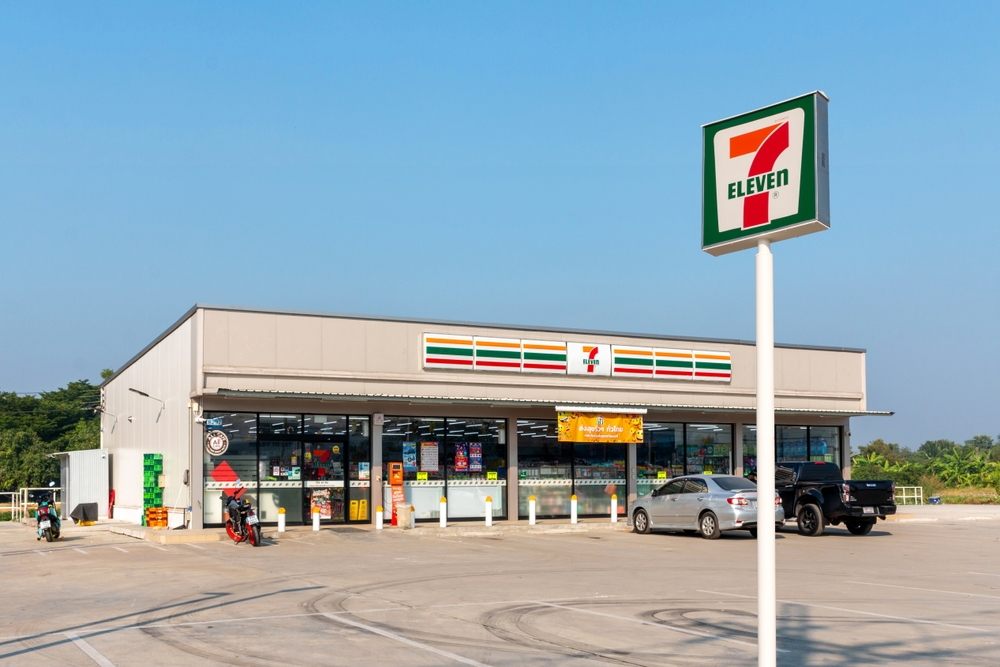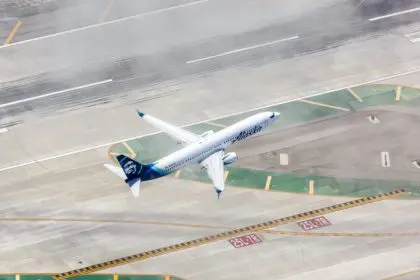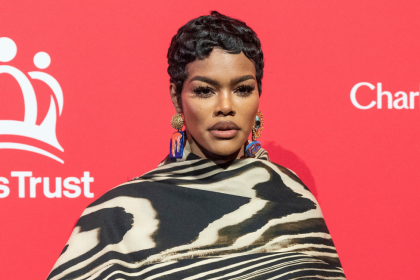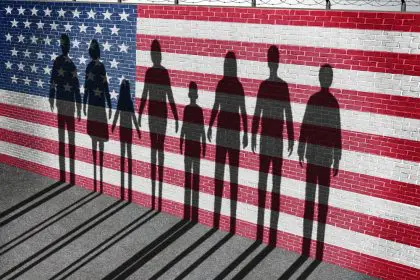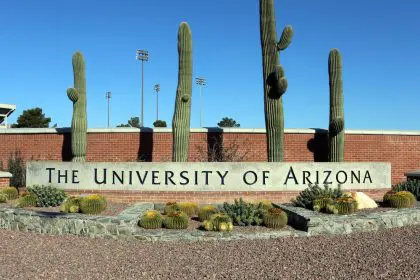The genius of 7-Eleven’s marketing strategy becomes crystal clear every July 11, when millions of Americans willingly line up for free frozen drinks that cost the company pennies to produce. What appears to be simple corporate generosity actually represents one of retail’s most successful promotional campaigns, transforming a convenience store birthday into a cultural phenomenon that spans generations and geography.
This Friday marks the 98th anniversary of the first 7-Eleven store opening in Dallas in 1927, and the company continues its tradition of celebrating with free small Slurpees for every customer. The promotion, which began in 2002, has evolved into something far more sophisticated than a simple giveaway, incorporating loyalty programs, social media engagement, and even temporary body art that turns consumers into walking advertisements.
The addition of Slurpee-activated tongue tattoos represents the latest evolution in experiential marketing, where brands create memorable moments that extend far beyond the transaction. These S-shaped tattoos, available to rewards members in select cities, appear in blue, green, red, or purple when placed on the tongue after consuming the frozen drink, creating an Instagram-worthy moment that encourages social sharing.
The psychology behind the free Slurpee phenomenon
The appeal of free Slurpees extends beyond their monetary value, tapping into fundamental human psychology around scarcity, community, and seasonal comfort. The annual nature of the promotion creates anticipation throughout the year, while the summer timing positions the frozen treat as relief from heat and routine. Marketing experts recognize this as a masterclass in creating emotional connections between consumers and brands.
The loyalty program integration adds another layer of engagement, offering rewards members a second free Slurpee through the end of July. This extended timeline transforms a single-day promotion into a month-long relationship-building opportunity, encouraging app downloads and repeat visits that generate valuable customer data and purchasing behavior insights.
The tongue tattoo element specifically targets social media generation consumers who value unique experiences they can share online. The temporary nature of the tattoos removes commitment anxiety while creating urgency around participation, a psychological trigger that drives immediate action rather than delayed consideration.
From Kansas invention to national obsession
The Slurpee’s journey from regional curiosity to national icon reflects broader trends in American food culture and franchise expansion. Omar Knedlik’s original invention emerged from necessity at his Dairy Queen franchise in Coffeyville, Kansas, where he sold partially frozen Coke bottles to customers seeking relief from summer heat.
The partnership with John E. Mitchell manufacturing firm transformed a simple concept into scalable technology, with the Dallas-based company leveraging their wartime artillery and missile production expertise to create frozen drink machinery. The transition from military manufacturing to civilian convenience products illustrates the innovative adaptability that defined post-war American business.
When 7-Eleven licensed the technology in 1965, they made the crucial decision to rebrand the product as Slurpee, a name that captured the distinctive sound of consuming the frozen drink through a straw. This auditory branding element proved remarkably effective, creating immediate product recognition and memorable advertising opportunities.
Geographic expansion meets local adaptation
The current Slurpee Day promotion spans multiple convenience store brands including 7-Eleven, Speedway, and Stripes, reflecting the consolidation trends within the retail industry. Each brand maintains its own loyalty program and promotional variations, allowing for local market customization while maintaining consistent national messaging.
The tongue tattoo promotion demonstrates geographic targeting, with different cities receiving access based on market demographics and promotional testing results. Major metropolitan areas like Chicago, Dallas-Fort Worth, Denver, Las Vegas, Los Angeles, New York, and Washington D.C. serve as primary test markets, while smaller cities provide expansion opportunities.
This geographic approach allows 7-Eleven to gather regional preference data while creating artificial scarcity that increases perceived value. Consumers in participating cities feel special access to exclusive promotional elements, encouraging brand loyalty and word-of-mouth marketing.
The broader implications of promotional culture
The success of Slurpee Day reflects broader shifts in consumer expectations around brand engagement and experiential marketing. Modern consumers increasingly expect brands to provide entertainment, community, and memorable experiences rather than simple product transactions.
The integration of mobile apps, social media elements, and physical promotions represents sophisticated omnichannel marketing that meets consumers wherever they choose to engage. The month-long extension of benefits through loyalty programs demonstrates understanding of customer lifetime value rather than single-transaction focus.
As 7-Eleven approaches its centennial anniversary, the evolution of Slurpee Day from simple birthday celebration to complex promotional ecosystem illustrates how successful brands adapt their marketing strategies to changing consumer behaviors while maintaining core brand identity.

